Welcome to the brand new episode of Imagicnation ! A blog where we will reveal the answers to some of the most interesting & curious questions related to science...
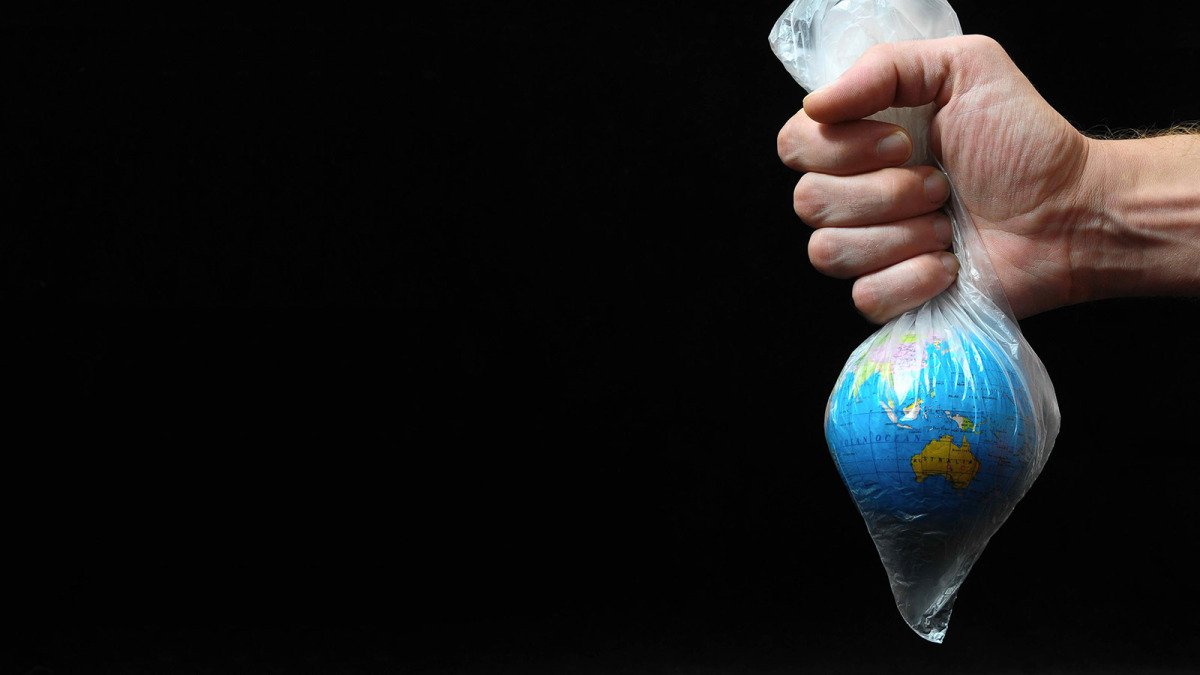
Hey guys…how many of us have been using plastic in our day to day life?? Are we all using it?? Okay, don’t hide…I know the answer is YESSS…and that’s where our today’s topic begins…but before entering straightly into it, let me tell you a about short plastic related incidence that occurred some 25 years back.
Some two decades back, in January (1992), a cargo ship sailing all the way from Hong Kong to Washington, was hit by a storm, due to which 12 heavy containers slipped overboard, releasing a fleet of blue turtles, green frogs, red beavers and some fancy yellow ducks. About 29,000 animals, fated for bath toys…and now, the only thing left was a lonely plastic navy drifting in the Pacific Ocean !

Slowly, they started to float near the shore, along the Alaska coast and the Washington State, while some others even traveled as far as the British Isles. But here, a few terminated in a swirling spiral of floating junk, the Great Pacific Garbage Patch. There’s five or perhaps six spots on our planet where the rotating currents collect masses of plastic garbage. But, go there and you won’t see any mountains of green frogs, red beavers and creative sunglasses. Not alarming as a Garbage Island, but a lot more terrible.

The high-density plastics we use in our day to day life to make our household stuffs (e.g water bottles’ straws) are broken down by sun waves and curious creatures until what’s left is less like garbage wastes and more like tiny bits of confetti floating in soup. That debris filled soup is an extremely bad news for what lives there, which is ironic, since plastic was invented to protect animals. During the 19th century, the demand for ivory billiard balls obliterated elephant populations, forcing chemists to look for a new synthetic alternative…& Eureka !!! In 1907, they finally found it. Bakelite was the first synthetic plastic ever made.
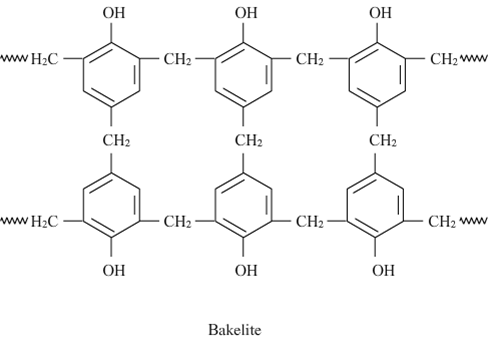
Modern plastics are so strong and long lasting that a 60-gram container can hold about 4 kilograms of milk. But despite being so much durable, plastic is also economical. So economical that much of it is designed to be used just once. And even when it terminates in the trash can, or better yet, the recycling bin, every year more than 8 million tons of plastic waste leak out into the ocean. That is almost about 15 plastic shopping bags worth for every meter of coastline on our planet Earth. Because that plastic is broken down into nearly invisible bits, it makes it hard to find out just how large those polluted patches are. Is it about one Texas ?? Three or four Texases?? Or is it multiple Texii?? Whatever !! That tiny plastic potpourri also means most of those oceans skimming cleanup ideas you hear about won’t work and the fact is while we might hear a lot about these flotillas of wreckage, we find plastic in everywhere we find ocean and at every depth…even the deepest. Birds and younger sea animals that can’t dive deep to find their food, end up feeding near the surface where they meet more plastic. Larger fragments can certainly tangle these animals up but many end up ingesting plastic too sometimes by accident.
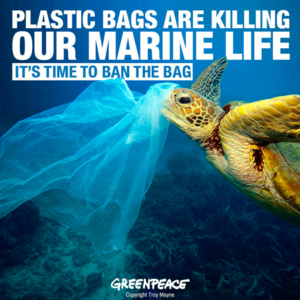
To a sea turtle, floating litter looks a lot like dinner. And smaller debris when swallowed by young fish can hinder their growth and development. On the small scale, the minute organisms who recycle whale poop wastes and old ships can’t break down microscopic plastic fragments, and those tiny bits can absorb toxins which are concentrated as they move up the food chain…even to our plates ! But that plate??? That plate is somewhere we can make a difference!!
When it comes to minimizing plastic pollution, just remember the 5 R’s:
1) Reduce !
Choose to purchase fewer things that are packed in non-recyclable plastic.
2) Reuse !
Think ecological.
3) Recycle !

Most cities these day have recycling programs, but a lot of recyclable material still gets thrown away. Material like clothes and shoes full of plastic fibers. So why not recycle them??
4) Rethink !
If you build or construct things, ask if there’s any alternative way to do it without using disposable plastics. I hear the next iPad might be made of wood! And if you have something plastic and it breakdowns, try to mend it, rather than throw it away.
5) Finally... Refuse !
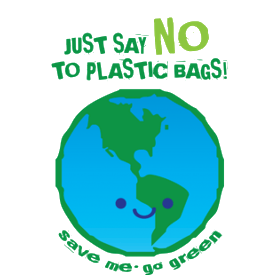
Just say a big NO to non-reusable (disposable) plastics. Turn your plastic bucket into metal. According to a research, Americans use 500 million plastic straws every single day? Did you know that you can drink using your mouth only and never using a straw? Give a try ! It's not that difficult !!
Conclusion:
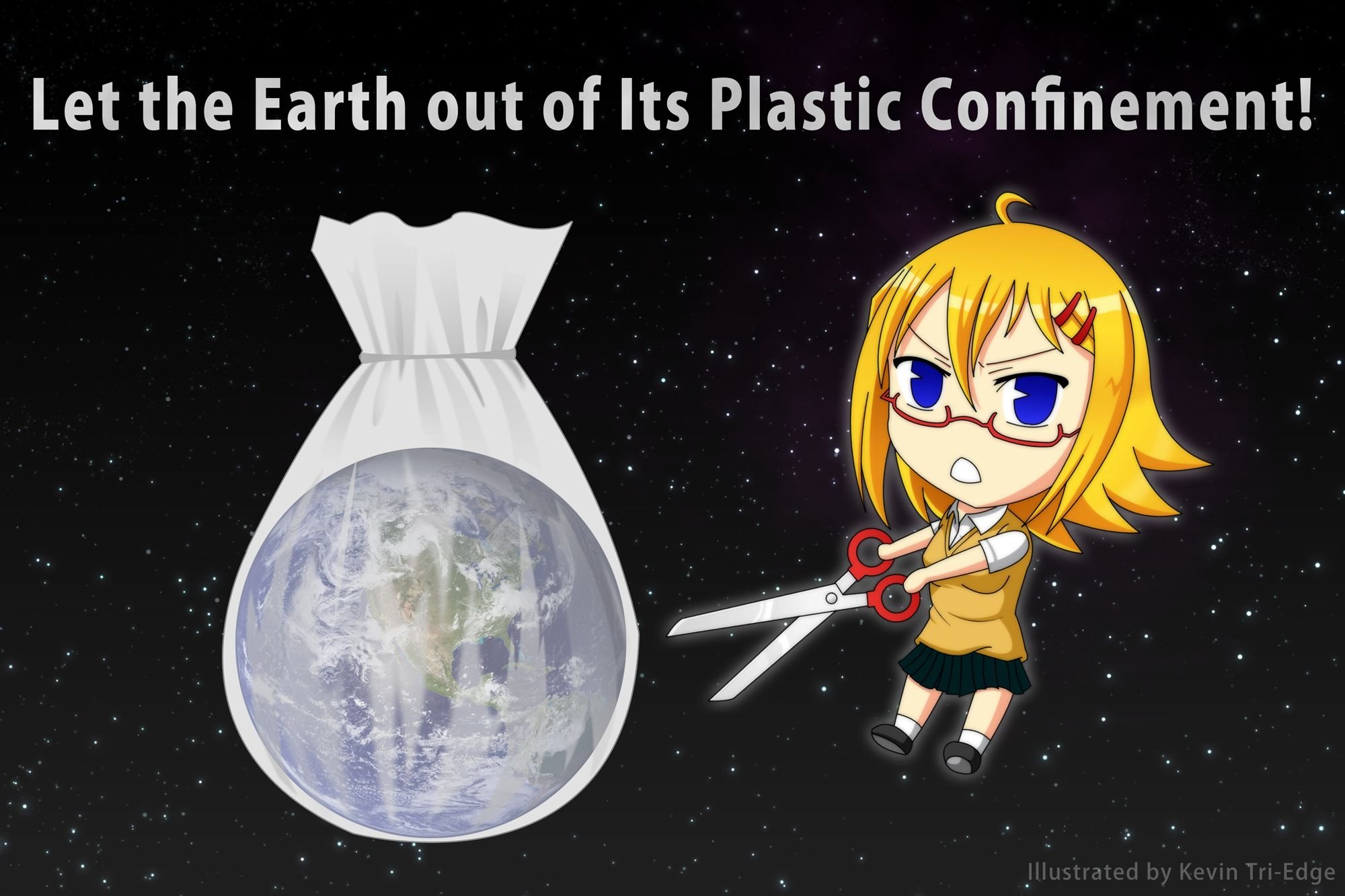
The fact is: We will never get rid of using plastic… and that’s completely ok. It was a pretty great invention and it’s still too. Definitely, there is a lot of places where it makes sense. But definitely, there’s a lot of places where it doesn’t...
Hope this post reach maximum people, and brings some change in at least the readers’ lives…so share this as much as you can…

Remember, the future of mother Earth greatly relies upon us…each one of us…so why not start working for it…from today…TOGETHER……!!!
References used:
2) http://www.bbc.com/future/story/20140722-odd-objects-reveal-ocean-secrets
3) https://en.wikipedia.org/wiki/Friendly_Floatees
4) https://en.wikipedia.org/wiki/Plastic
5) http://bellsluu.blogspot.com/2016/01/what-are-5-rs-in-minimizing-waste.html

